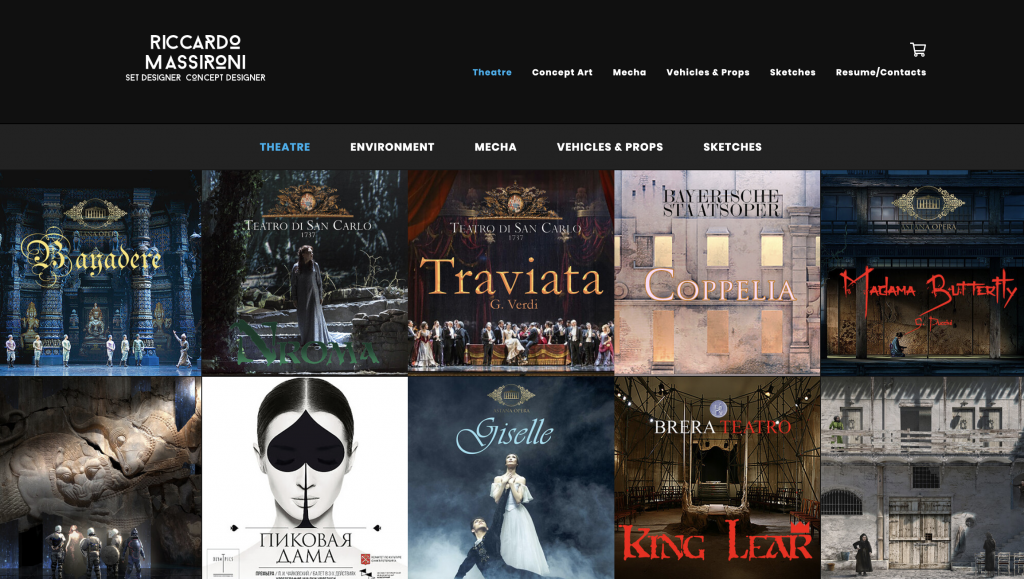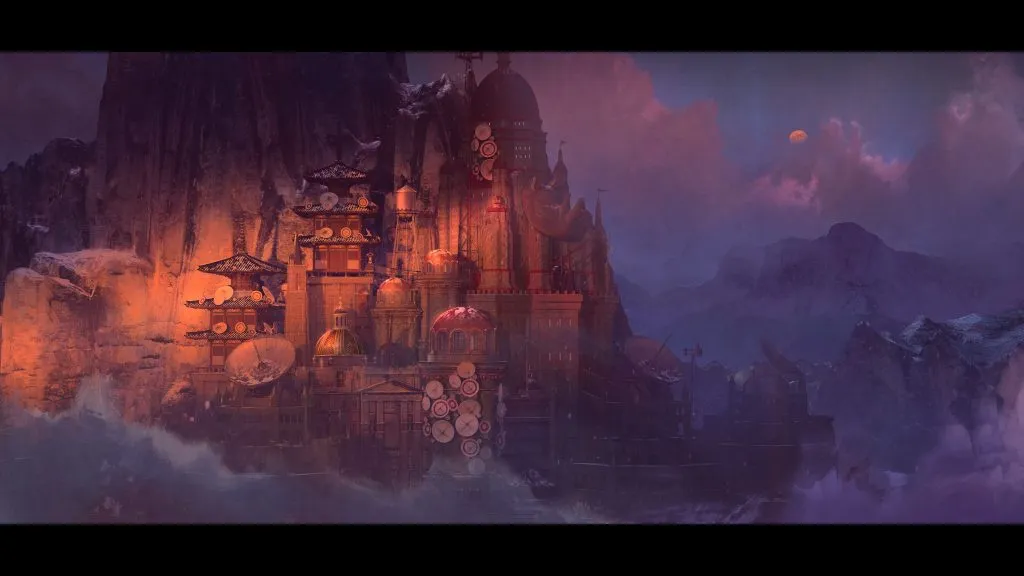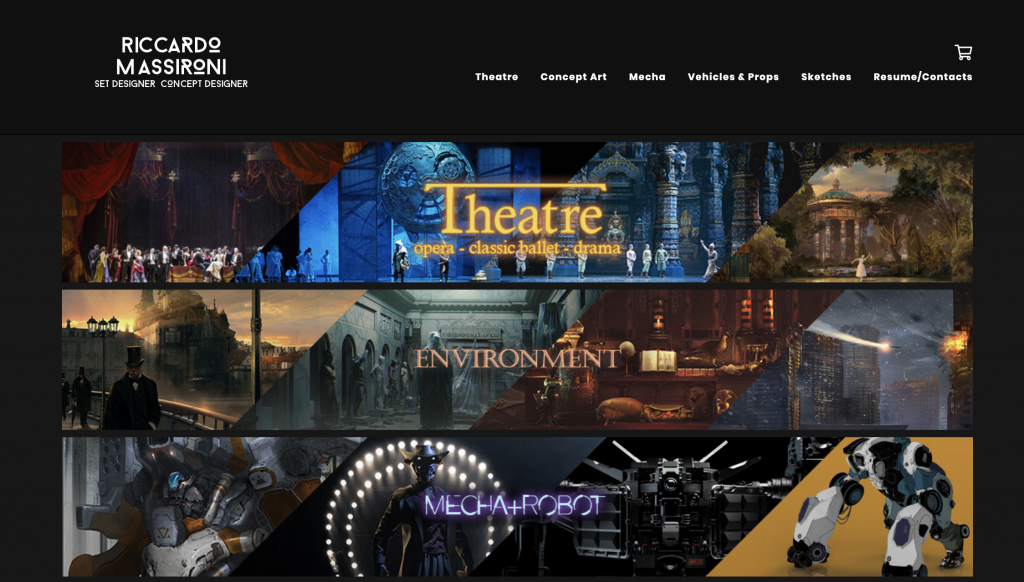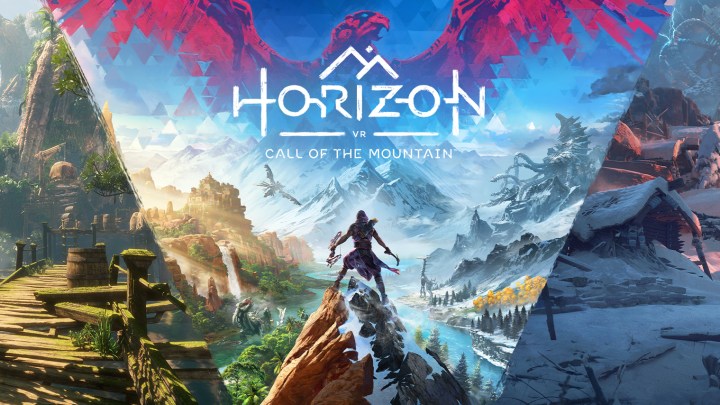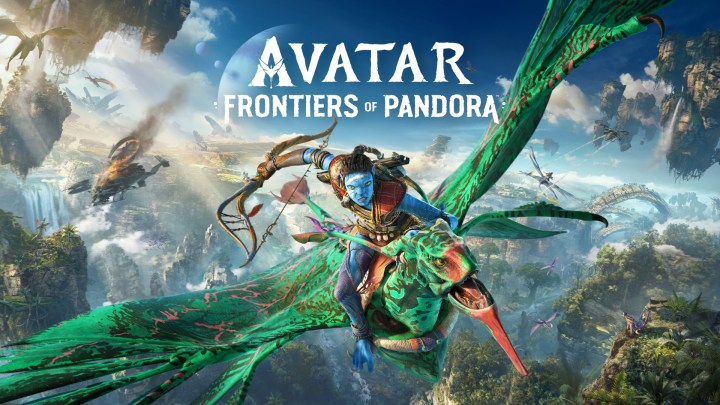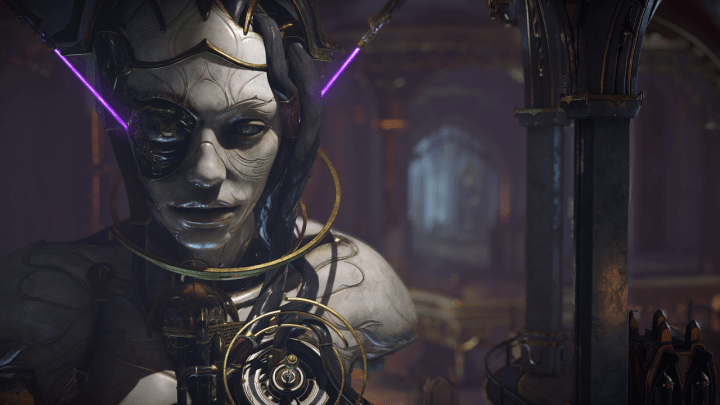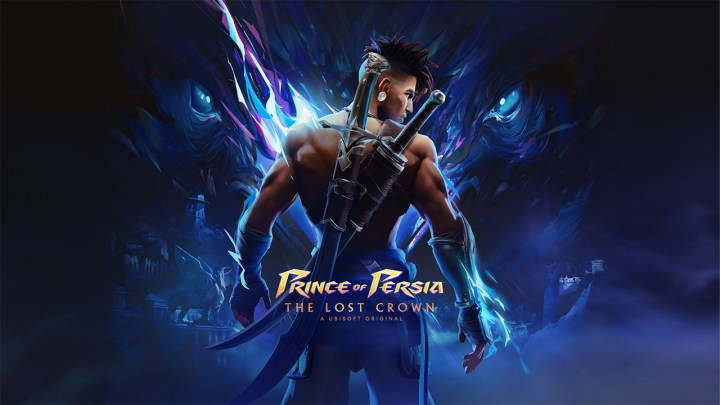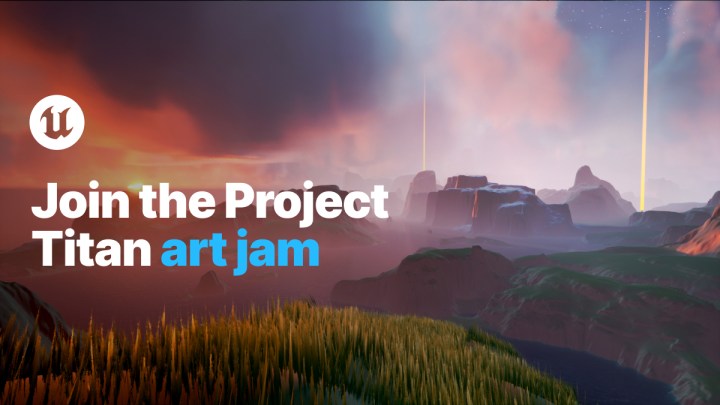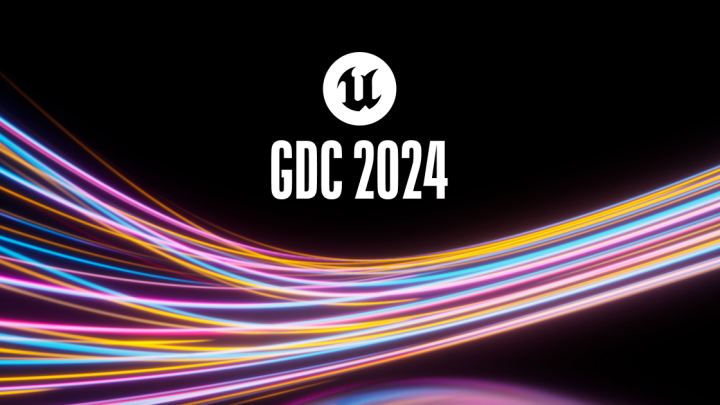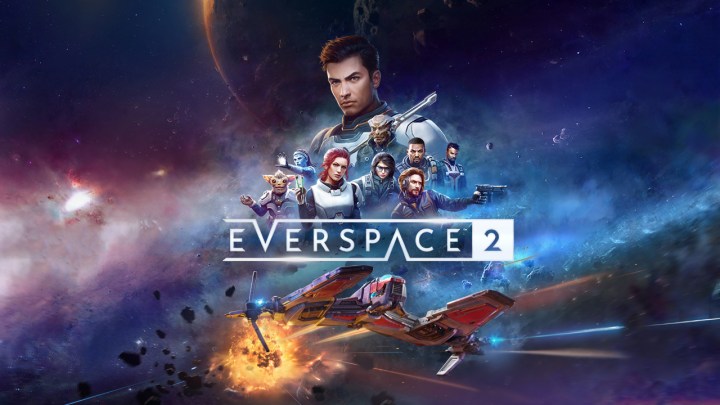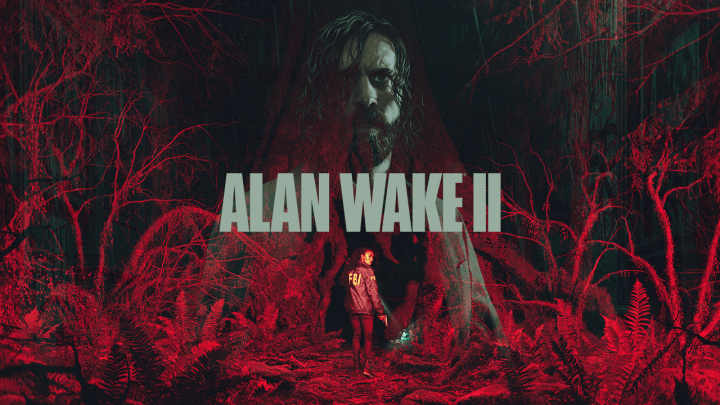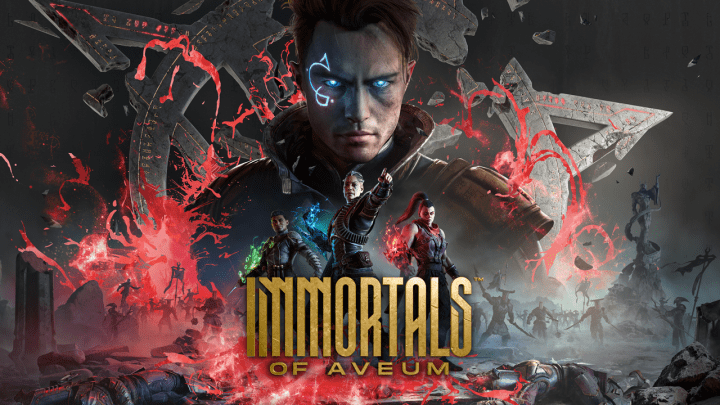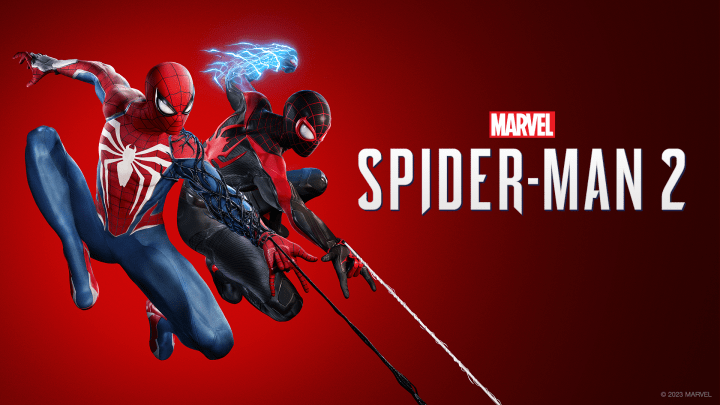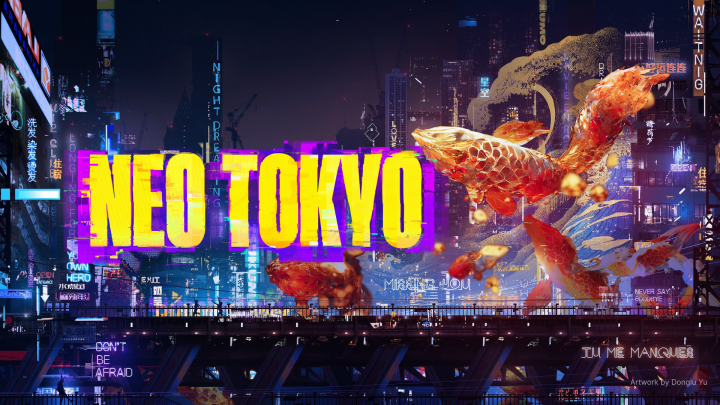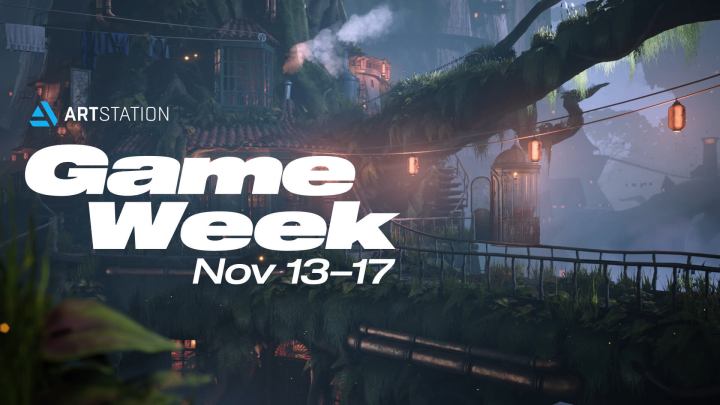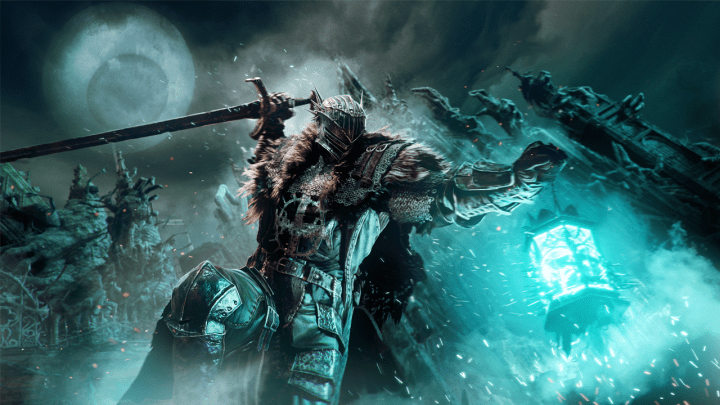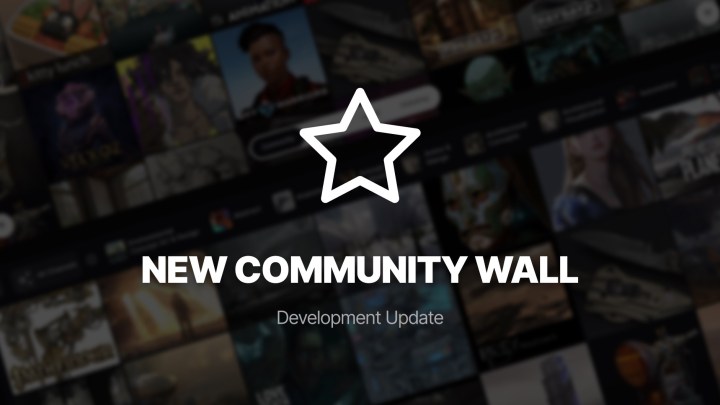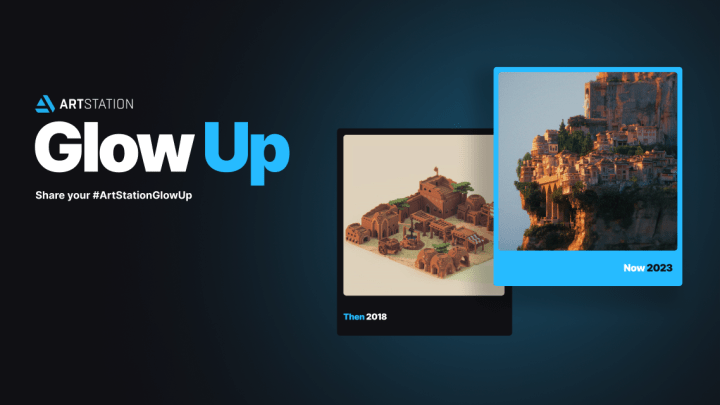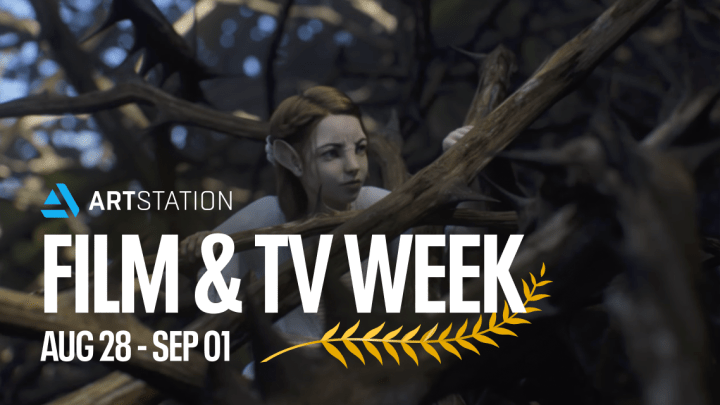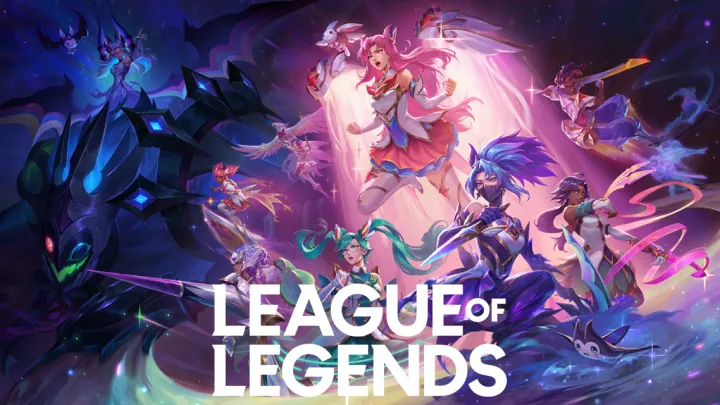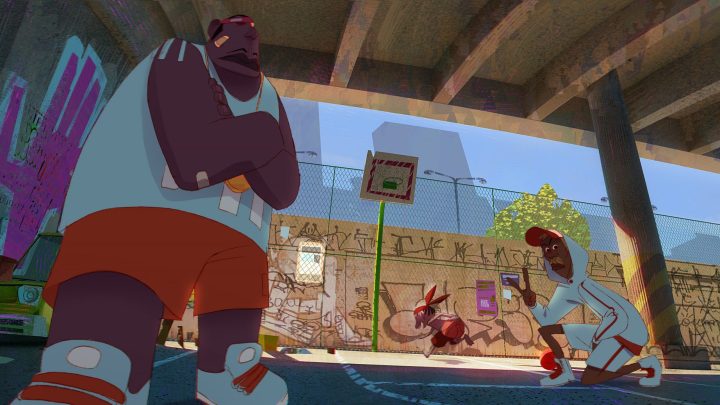Featured Pro Portfolio: Riccardo Massironi
In this Featured Pro Portfolio interview, Italian set designer and concept artist Riccardo Massironi fills us in on what it’s like and what it takes to collaborate on large scale theatre productions around the world. While the majority of his portfolio showcases his work in theatre, opera, and ballet, he has also had years of experience working in the film, video game, and events industry.
Check ou Riccardo’s ArtStation-powered portfolio website.
“Back in the day, I had already my personal website but it was very tedious to keep it updated. ArtStation Pro cuts that part out because you can separately organize and promote both your personal and professional work at the same time. I really appreciate that with a little magic, through ArtStation Pro, you can personalize your website template and make it unique.”
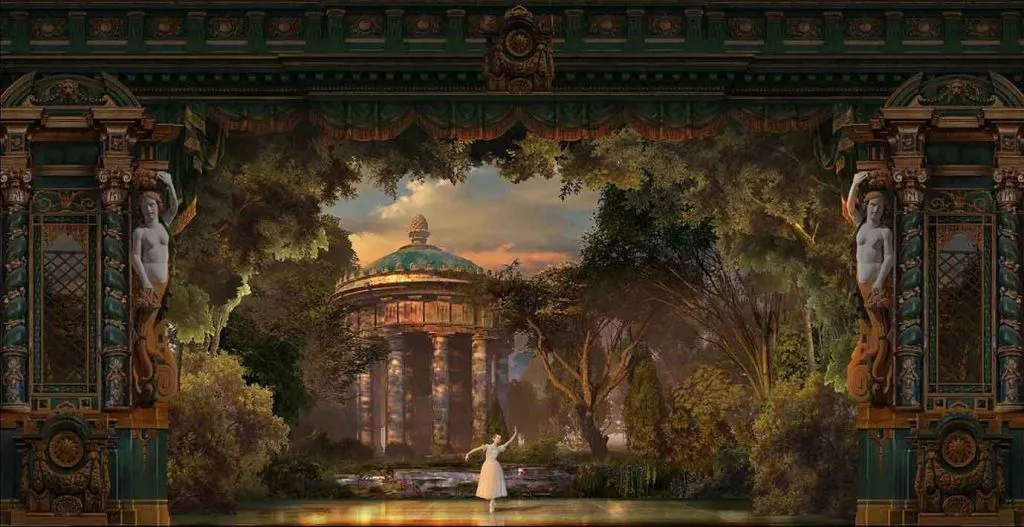 Tell us about your journey to a career in Set Design.
Tell us about your journey to a career in Set Design.
I was graduated in Set Design from Academia di Belle Arti di Brera (Milan). Later, I decided to do a Master’s degree in Digital Art. While studying, I started working as a set designer for an event planner. After a few years, I began a collaboration as an assistant with Ezio Frigerio for theatrical set design. Working alongside him, I had the chance to take part in many projects and work in for some of the most prominent theatres in the world. Nowadays, I still collaborate with him as a set designer.
During these years, I also had the chance to work on different projects for video games, book illustrations, museum exhibitions, and TV commercials, but my main work is related to theatre.
I think what made a big difference in my path was that I didn’t stop after high school and I continued my artistic education at university. The culture that I’ve absorbed is what gave me a working method that has been enriched over the years. I think that these days, many people are more focused on spending a lot of time on technique or software learning, but often forgetting about history, architecture, anatomy…which are fundamentals of the project’s preliminary research.
What do you think makes a strong portfolio?
Personally, the works that focus on the projectual aspect are the ones that mainly catch my attention, in a portfolio. A portfolio has to show the ability to think about a problem and come up with a solution that’s both functional and aesthetically pleasing.
This particular thing, in my opinion, is what can define a strong portfolio, especially regarding the set design category.
A lot of times in Theatre & Ballet, you are designing for shows that have been put on many times. What is your approach for keeping classic stories new and fresh?
The theatre designs its time. This means that every new representation of a show is influenced by the historical moment that lives with it. Often, a fascinating idea can come from a memory that we are really attached to and can be the starting point to interpret a theatrical piece.
The show is the harmonized result of the work of director, scenographer and costume designer, who make analogous choices. It’s a very tight collaborative work where it’s very hard to tell which idea belongs to who. It could be a picture found in a magazine or a frame of a movie that you saw the night before which gives the spark to improve a project. I don’t think there’s only one way to reinvent a show. But, first of all, you need to know the show and deeply understand the story of the past representations.
What are some major differences between the way you approach your work in Theatre and your work in Concept Art?
The difference between set design and concept art is that as a scenographer, my role is to design the scenery (and scenic props) under all aspects, from the beginning till the end. I take care of technical drawings for the construction workshop and I supervise every choice of materials and colors, speaking with painters and sculptors, and collaborating with the lighting designer.
As a concept artist, my role is limited to a single phase of the project. That means that often, my contribution is modified and changed during the development phase. It sometimes even becomes unrecognizable by the end of the project. In theatre, this happens very rarely. By following the project’s development closely, I maintain better control over eventual modifications and keep a coherent direction and overall taste.
Being fully aware that what I’m drawing will be built, I work on planning and studying every aspect and problem, keeping in mind the technical limitations of a stage.
The satisfaction to see what you imagined and drew becoming real in front of you is something incomparable for me.
What advice do you have for artists looking to pursue a career in Set Design?
Study a lot. Being prepared, especially on set design, is fundamental. Know the different historical periods, costumes, and art history but also know how to talk about philosophy and theatrical dramaturgy. This isn’t an easy job with a defined path.
There are many ways you can build your own career. Work as an assistant for a scenographer that will help guide you. Especially, in the beginning, it can be a very good way to start a career in this field. Having a mentor, you will learn much quicker and better.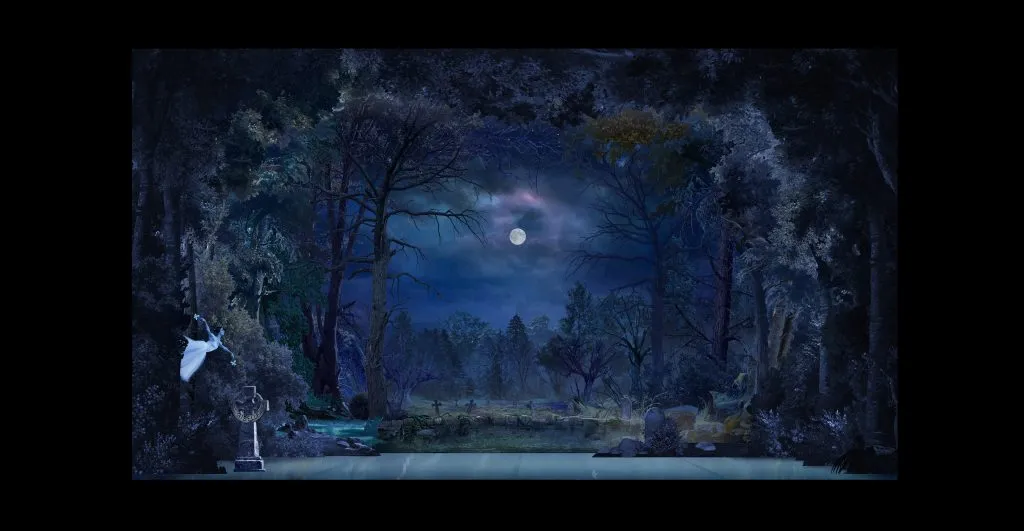
See more of Riccardo’s work on his portfolio website. Find out more about ArtStation premium websites here.
